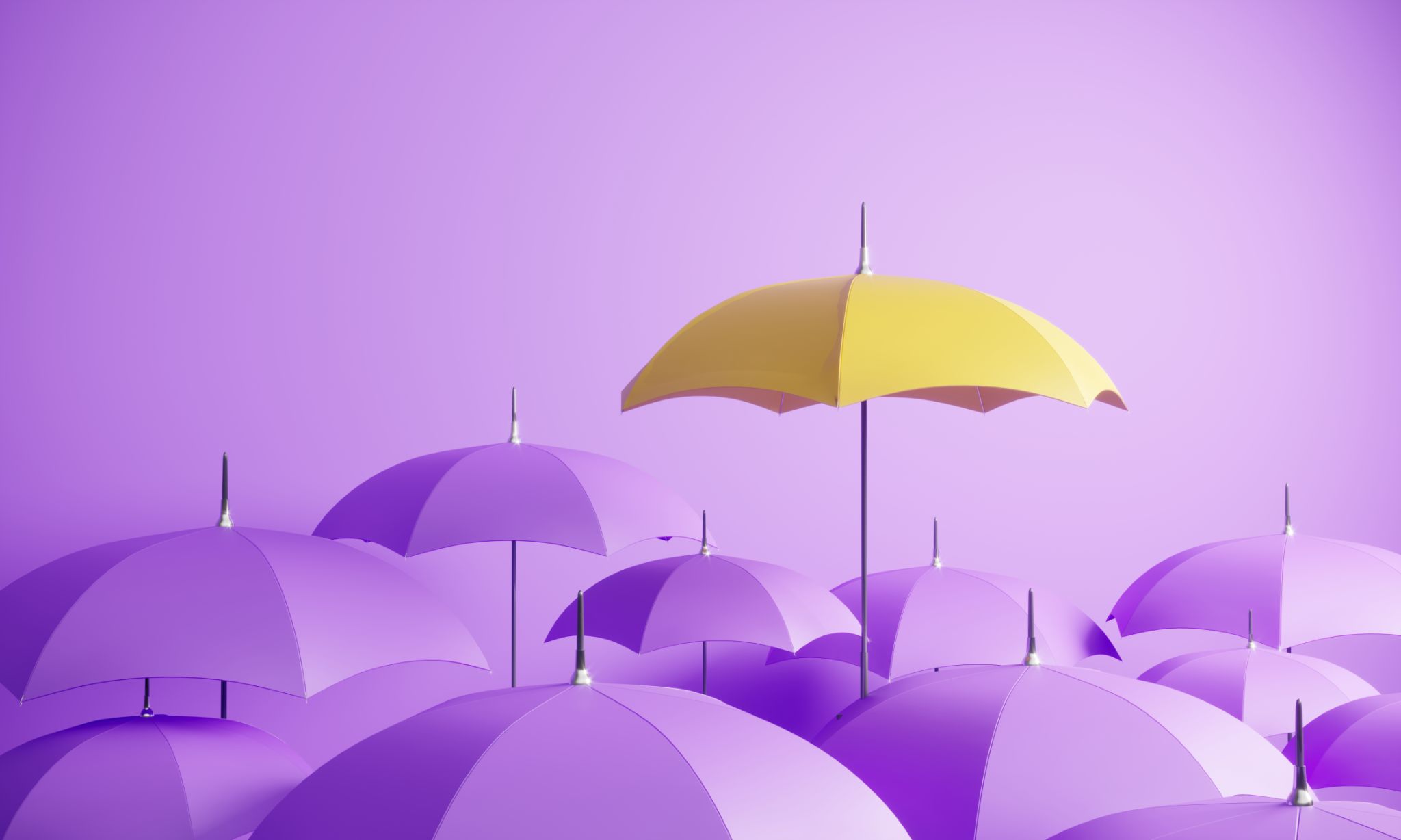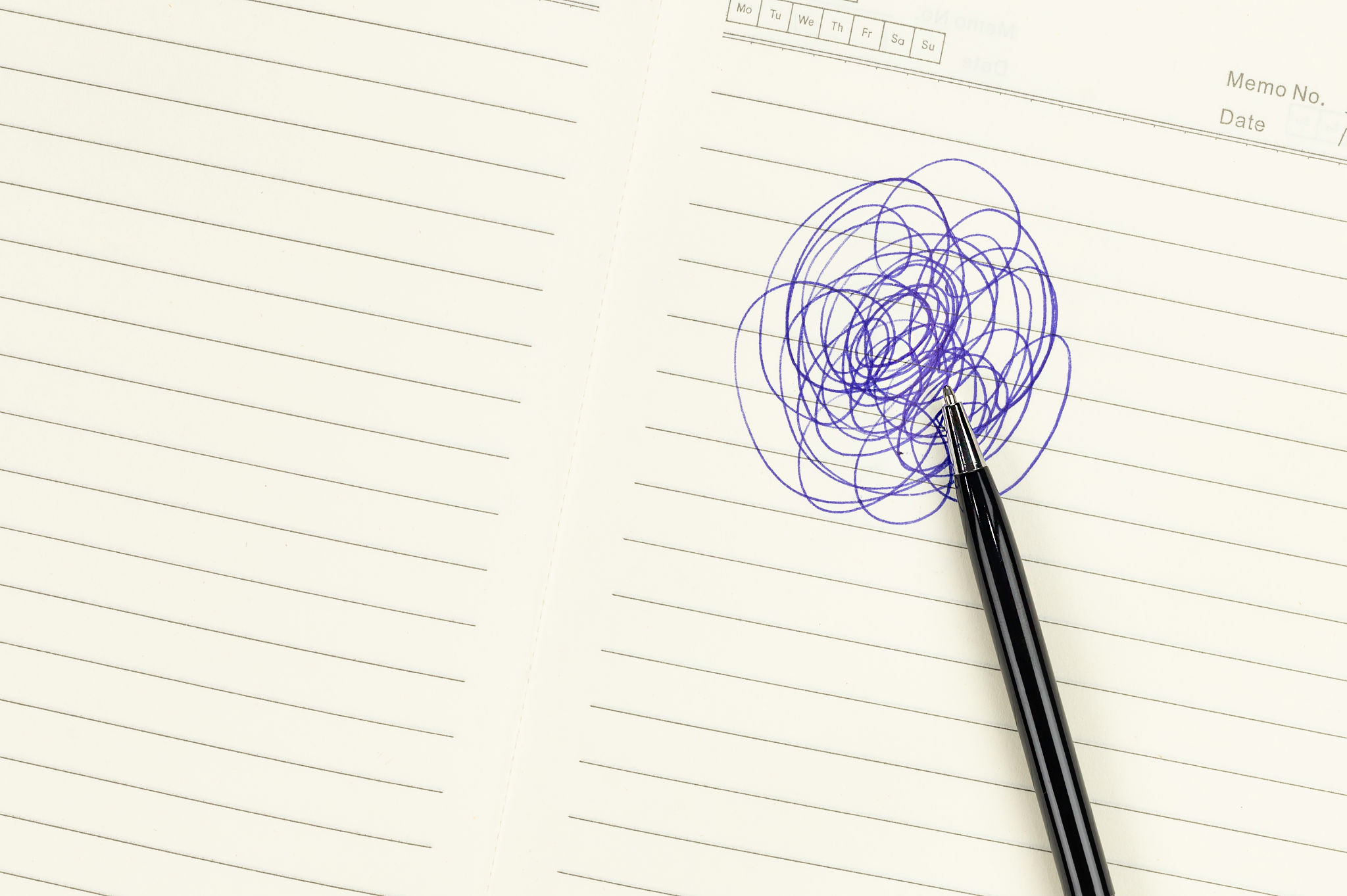The Role of Analytical Precision in Creative Arts: Balancing Creativity and Data
The Intersection of Creativity and Data
In the realm of creative arts, the image of a free-spirited artist, unbound by rules and constraints, often comes to mind. However, in today's data-driven world, the integration of analytical precision into the creative process is becoming increasingly essential. This blend of creativity and data is shaping how artists, designers, and marketers approach their craft, allowing for more targeted and impactful work.
By leveraging data, artists can gain insights into audience preferences, emerging trends, and the effectiveness of their work. This does not mean compromising artistic integrity but rather enhancing creativity through informed decision-making. The key is finding the right balance between intuition and information, where analytics serves as a guide rather than a constraint.

Data-Driven Creativity
Data-driven creativity is not a new concept but is gaining traction as technology advances. By analyzing patterns and behaviors, creatives can tailor their work to better resonate with audiences. For example, musicians can use streaming data to understand which songs are most popular, while filmmakers can analyze viewer engagement metrics to refine storytelling techniques.
This approach allows for a more personalized experience for audiences. Artists can craft pieces that speak directly to specific demographics or cultural movements, enhancing engagement and emotional connection. However, it's crucial to maintain a balance where data informs but does not dictate the creative process.
The Role of Technology
Technology plays a pivotal role in merging creativity with analytics. Tools such as AI and machine learning enable artists to process vast amounts of data quickly and efficiently. These technologies can uncover patterns that might not be immediately apparent, offering new perspectives and inspiration for creative projects.

Challenges of Integrating Analytics in Arts
While the benefits of integrating analytical precision in creative arts are clear, it also presents challenges. One significant concern is the potential stifling of creativity due to over-reliance on data. There's a risk that artists may prioritize data insights over their creative instincts, leading to work that lacks originality or emotional depth.
Additionally, not all aspects of art can be quantified. The emotional impact of a painting or the soul-stirring power of a song often defies numerical analysis. It's important for creatives to recognize the limitations of data and know when to trust their instincts.

Strategies for Balancing Creativity and Data
To successfully balance creativity and data, artists can adopt several strategies:
- Use data as a tool for inspiration rather than as a strict guideline.
- Embrace experimentation by testing different approaches and analyzing results.
- Collaborate with data analysts to interpret insights effectively without losing the artistic vision.
- Maintain flexibility to adapt creative processes based on new data without compromising artistic integrity.
By implementing these strategies, creatives can harness the power of data while preserving their unique artistic voice.
The Future of Creative Arts
The future of creative arts lies in the harmonious integration of analytical precision and artistic freedom. As technology continues to evolve, the potential for innovation in this space is limitless. Artists who embrace this balance will be better positioned to create work that is both impactful and resonant with audiences.
Ultimately, the fusion of creativity and data represents an exciting frontier in the arts. It challenges traditional notions while opening new avenues for expression and connection. By leveraging analytics wisely, creatives can enhance their craft and continue to push boundaries in meaningful ways.
